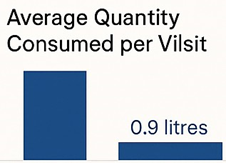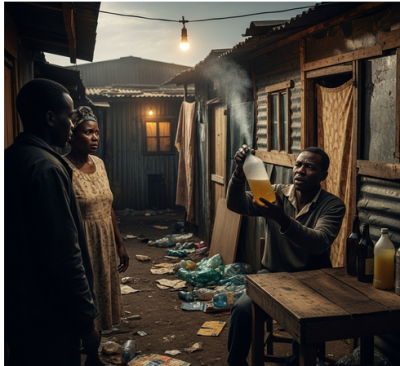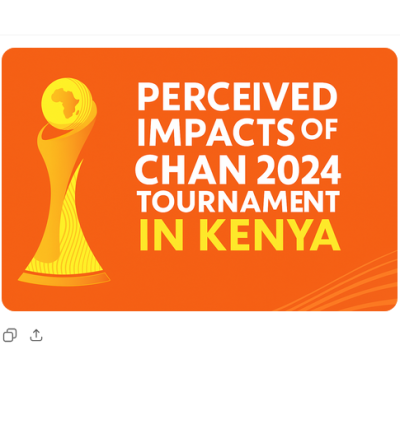Illicit alcohol outlets in Nairobi's informal settlements are linked to addiction, violence, poisoning, social disruption, and preventable deaths. The estimated prevalence of these outlets is 39.5%, with homemade moonshine being the most consumed brew (49%). The study found that 77% of residents are aware of illicit alcohol, and 42% of males admit to regular consumption of counterfeited alcohol. The high density of these establishments increases availability and exposure, worsening the public health crisis. The estimated treatment cost per poisoning case is KES 30,000. The loss of labor productivity among addicted males, particularly aged 18-39, contributes to 15% local economic stagnation. The study also found that 45% of male informal workers consume illicit brews weekly.
CONTEXT
- Illicit alcohol is linked with addiction, violence, poisoning, social disruption, and preventable deaths.
- Major burden on healthcare: estimated treatment cost per poisoning case is KES 30,000.
- Lost labour productivity among addicted males, particularly aged 18-39, contributes to 15% local economic stagnation.
- Estimated 45% of male informal workers consume illicit brews weekly.
METHODS
- Target Sample: Any Alcohol selling outlet
- Sample Size: 119 outlets.
- Demographic Profile: 74% male; majority aged 18-39.
- Sampling Frame: Mapped alcohol-selling outlets across 5 informal settlements in Nairobi
- Data Collection: Outlet-level survey using structured observational checklist.
KEY FINDINGS
The estimated prevalence of illicit alcohol outlets in Nairobi is 39.5%.
| Type | Prevalence Rate |
|---|---|
| Overall illicit alcohol outlets | 39.5% |
| Homemade moonshine outlets | 45% |
| Counterfeit spirit outlets | 32.9% |
| Industrial ethanol outlets | 40.7% |
Other Key Statistics
- Average alcohol per visit: 0.9 litres.

- Most consumed brew: Homemade moonshine (49%).
- Illicit alcohol awareness among residents: 77%.
- 42% of males admitted regular consumption of counterfeited alcohol.

CONCLUSION
These findings reveal that out of the sampled 119 alcohol outlets, 47 (39.5%) were distributing at least one type of illicit alcohol. The high density of such establishments significantly increases availability and exposure, worsening the public health crisis.


